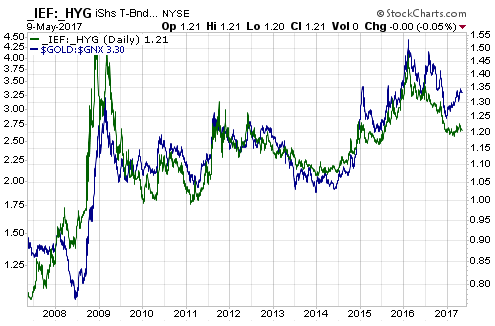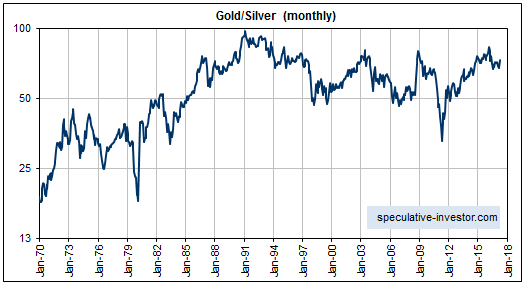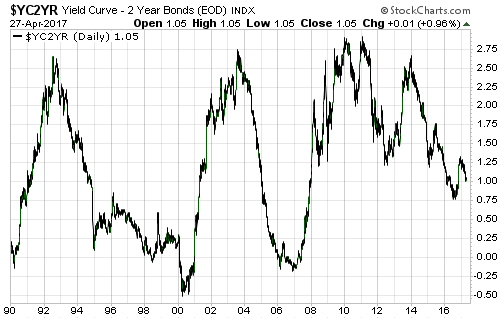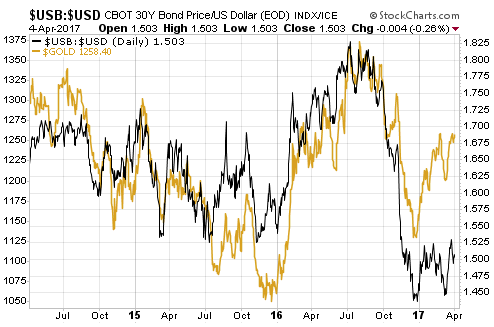The desire to avoid short-term pain is a powerful motivator. Even in cases where it is known that the steps taken to avoid pain in the short-term will lead to greater pain in the distant future, people will often choose the path that entails lesser short-term pain. Also, there’s often the hope that if pain is postponed for long enough then something will spring up to circumvent the need to experience the pain. The relevance to the inflation-deflation issue is that the long-term cure for an economy suffering from the bad effects of high monetary inflation involves stopping the inflation, but stopping the inflation always results in short-term pain.
Nowadays, people look back at the devastating inflation that occurred in Germany in the early 1920s and think: “How could the central bankers of that era have been so stupid? There’s no way that the stewards of today’s major currencies would make the same mistakes!” In real time, however, the gross stupidity of the German central bank’s actions was only apparent to a small number of economists. At each step along the way to total monetary collapse, the pain involved in stopping the money-printing was weighed against the cost of continuing the inflation and it always appeared to make sense to continue the inflation for just a little longer.
It’s very unlikely that a hyperinflationary collapse will happen in any of the major industrialised economies within the next two years, but having watched the Bernanke-Yellen Fed, the Draghi ECB and the Kuroda BOJ in action it is not hard for me to imagine such a collapse eventually happening. I cite, for instance, the fact that ECB chief Mario Draghi is arguing the need to sustain an aggressive monetary “stimulus” program even though it should be clear to anyone with eyes and a modicum of economics knowledge that the “stimulus” implemented to date has been an abject failure. I also cite the very popular and yet completely wrongheaded tendency to measure the success of a policy by the stock market’s response to the policy. By this measuring stick, pumping new money into the economy will usually look smart. Lastly, I cite the widely-held conviction that it is up to the central bank and the government to do something ‘stimulative’ whenever signs of economic weakness emerge, despite the mountain of evidence that earlier attempts to ‘do something’ resulted in bad unintended consequences. The sad truth is that the framers of monetary and fiscal policies are strongly influenced by faulty economic theory and short-term thinking, and that’s not going to change anytime soon.
The day might come when the costs of continuing the inflation are so widely understood that there exists the political will to bring the money-depreciating policies to an end, but don’t hold your breath waiting for that day. If the day does come it will likely be years from now. In the mean time, the desire to avoid short-term pain will reign supreme.
 Print This Post
Print This Post




